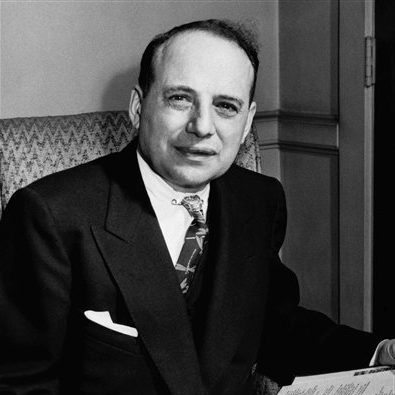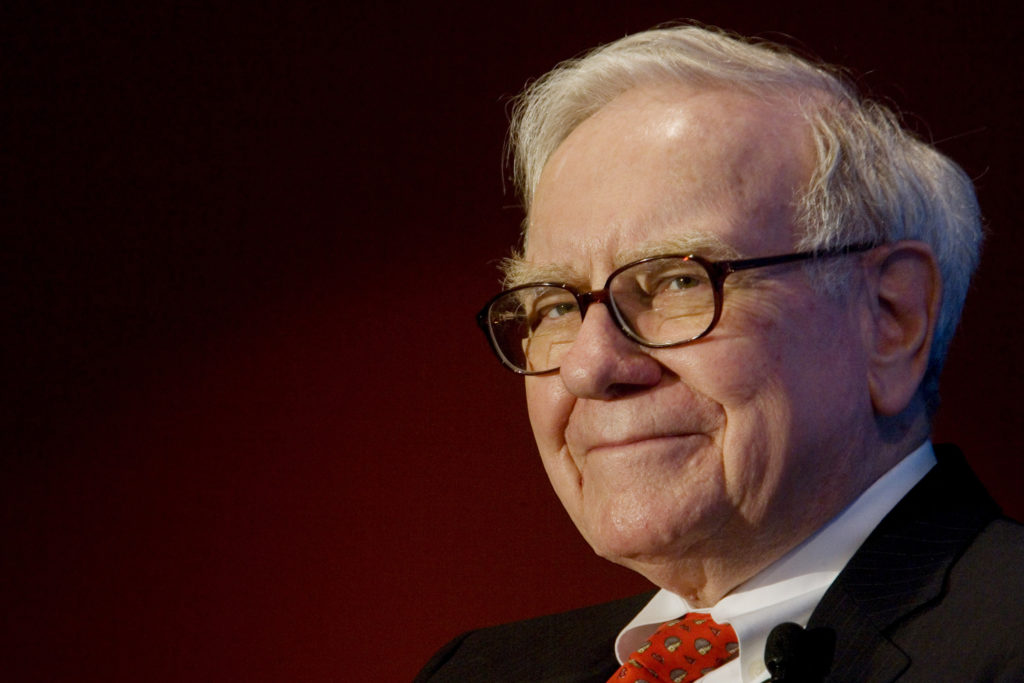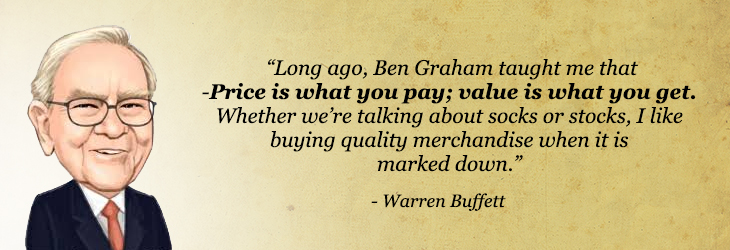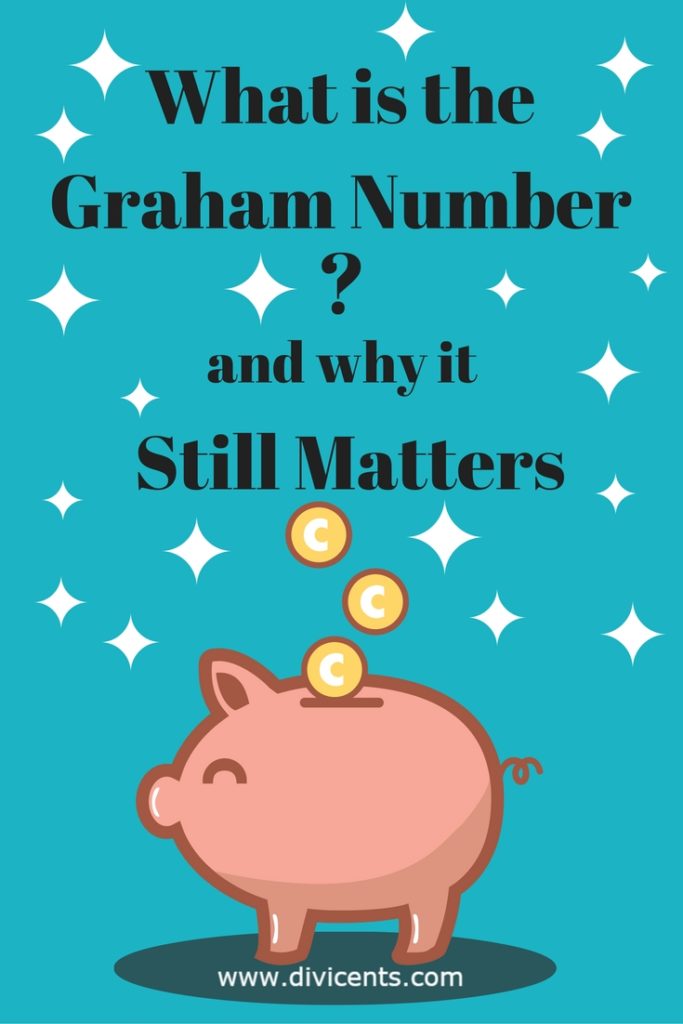The Graham Number is a calculation used to see if a stock is trading at its fair value. It’s named after the father of value investing Benjamin Graham.

Graham, known as the “Dean of Wall Street”, began teaching value investing at Columbia Business School in 1928. Together with David Dodd, they wrote their famous book Security Analysis in 1934, following the largest stock market crash in history.
Graham is arguably more known as the mentor to Warren Buffett.

After the Great Depression, many people were trying to make sense of why the market imploded. Benjamin Graham is rightly attributed to making sense of the market. He looked at the underlying value of a company instead of the stockpickers go-to method, which at the time was “earning trends.”
The Graham Number
To find the fair value of a company, Benjamin Graham came up with a formula that could be applied to any security. He wrote this formula in chapter 14 of The Intelligent Investor.

Or 22.5 times Earnings per share times Book Value per share =X
Now find the square root of X=Y
Y will be the Graham number
The Graham number will be the intrinsic value, or in other words, what a company is actually worth. If the Graham number is above the current market price of a company, it could be trading at an undervalued price!
An Example of the Graham Number
I’ll use Walmart for an example.
The current share price is $69.60.
To find out the Graham Number we need to find out it’s most recent earning per share and it’s book value per share. Then find the square root of that number.
It’s trailing 12 months (most recent) EPS = $4.64
It’s current BPS =$24.74
22.5 x 4.64 x 24.74 = 2582.85
√2582.85 = 50.82
Using this formula we come to the Graham Number or the intrinsic value of Walmart – $50.82
So it would appear that the market is overvaluing Walmart right now at the going price of $69.60 vs the Graham value at $50.82
Is it still Relevant?

Many people still buy Wal-Mart at today’s price even though it is overvalued according to the Graham Number. The reason for this could be many, but the main reason is because people still believe the company has further room to grow.
You will often here of Growth vs Value. You might never see Google or Apple hit a good Graham Number and they might still have a long way to grow, but there always is an end to how far a company can grow.
If you look at Warren Buffett’s portfolio, the world’s greatest investor, nearly 25% of the companies he owns pass the Graham Number test. Many of the rest are close. Clearly he still thinks that the formula has value.
Warren Buffett has 4 favorite books. Ben Graham wrote 2 of them. Security Analysis and The Intelligent Investor.
In writing the foreword to Security Analysis, when describing his tutelage at Columbia University under Benjamin Graham he wrote:
“what I learned then became the bedrock upon which all of my investment and business decisions have been built”.

